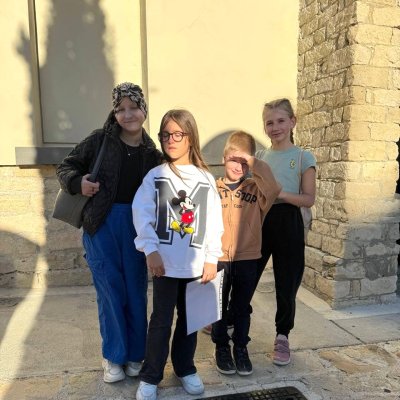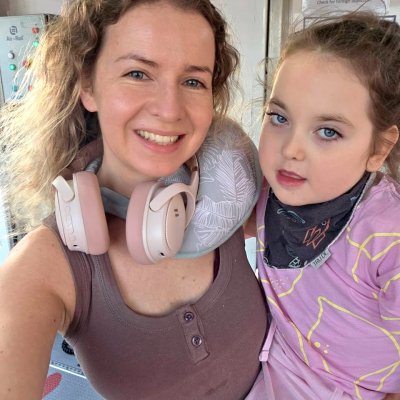
A story about the formation of the island of Cyprus, the creation of an island from papier mache, a model of a volcano, experiments, a film project, acquaintance with volcanic rocks and the periodic table
All this could not leave indifferent not only children, but also adults.
Join our classes
A lot of interesting things are waiting for you.
"The island of Cyprus was formed as a result of a collision of tectonic plates. Millions of years ago, the African plate collided with the Eurasian one, as a result of which the first plate went down under the second. During their collision, magma began to rise to the surface of the oceans, which, upon contact with water, began to gradually cool and This is how the Troodos and Pentadactylos mountains appeared on the surface of the world ocean Tethys, which were originally separate islands. Their rise above the water level continued (and continues to this day). rock that settled in the ocean and gradually formed the familiar outline of the island.Ultimately, the two islands - Troodos and Pentadaktylos - were connected to each other thanks to chalk sedimentary rocks, and Cyprus took its final form.
As soon as a new land was formed on the surface of the water, it immediately began to be populated by living organisms. Birds and insects traveled through the air. Thanks to birds, seeds of plants were also brought here. Fossilized traces of mollusks, marine organisms, fish, plants, the remains of marine and land mammals can still be found in various parts of Cyprus, even in mountainous areas. The process of forming Cyprus as an island took millions of years. Since its mountain ranges have risen from the bottom of the ocean, it is not surprising that they have preserved traces of the underwater life that took place. The fossils found in Cyprus are helping paleontologists better understand how life formed on our planet."




